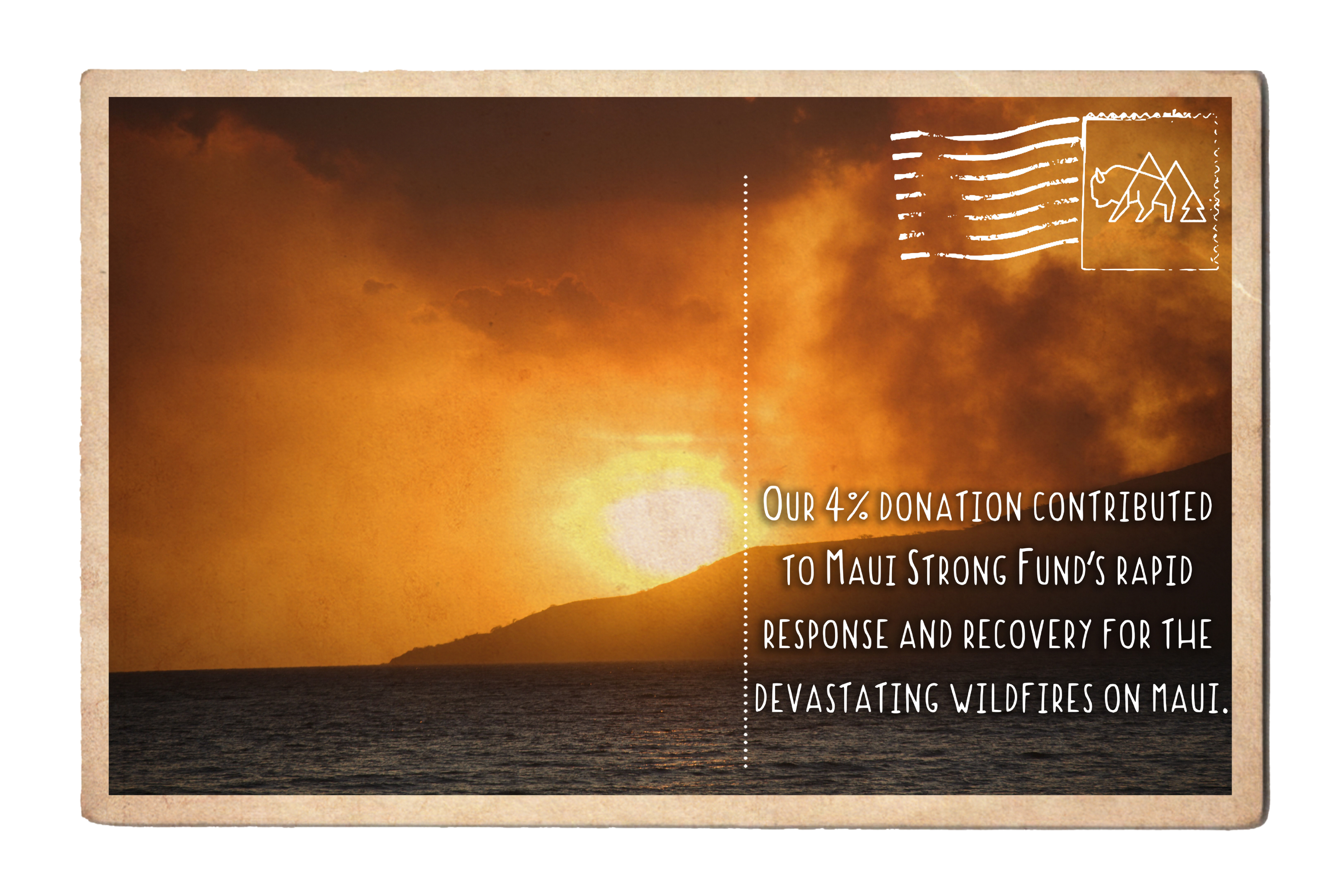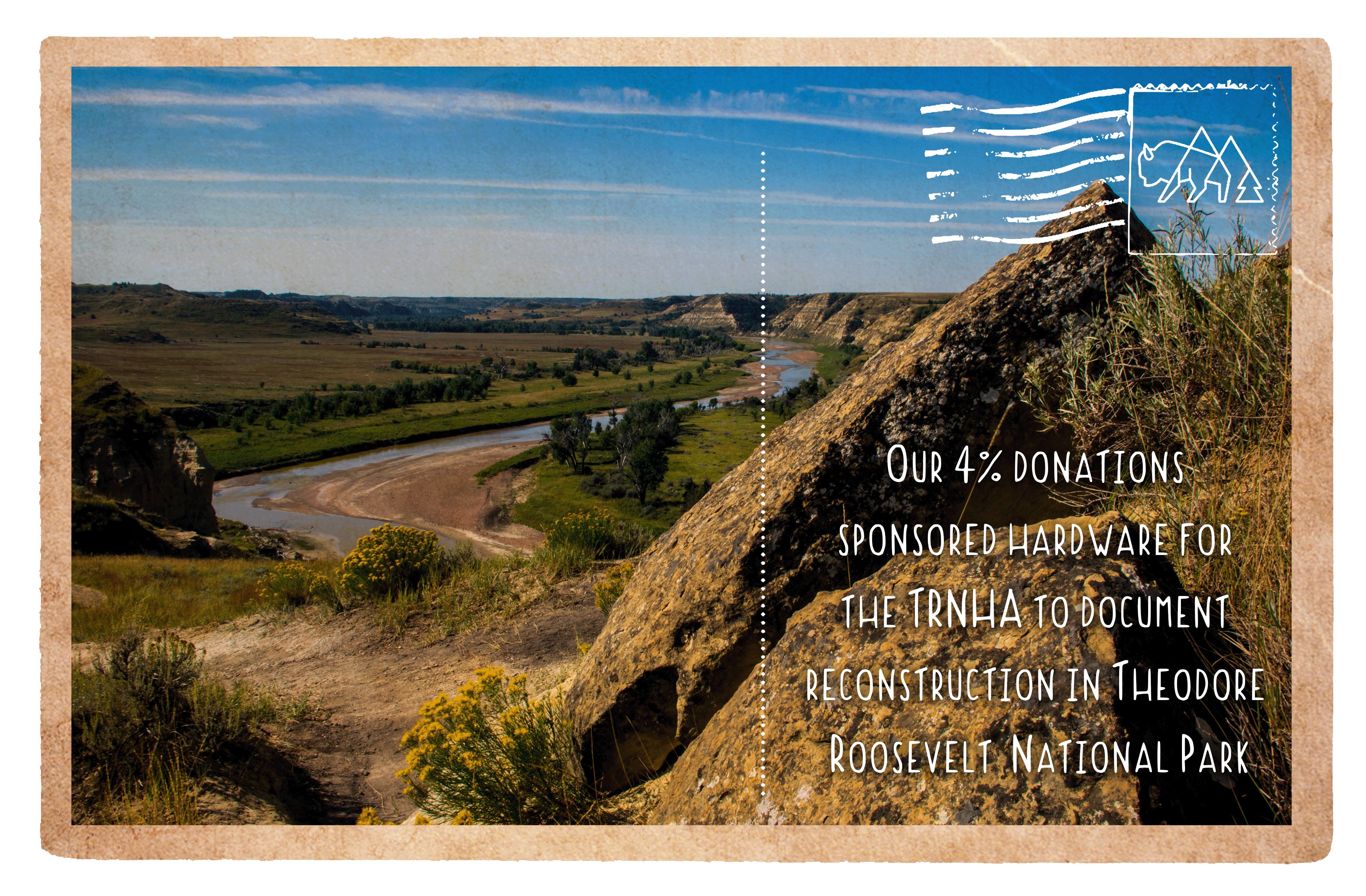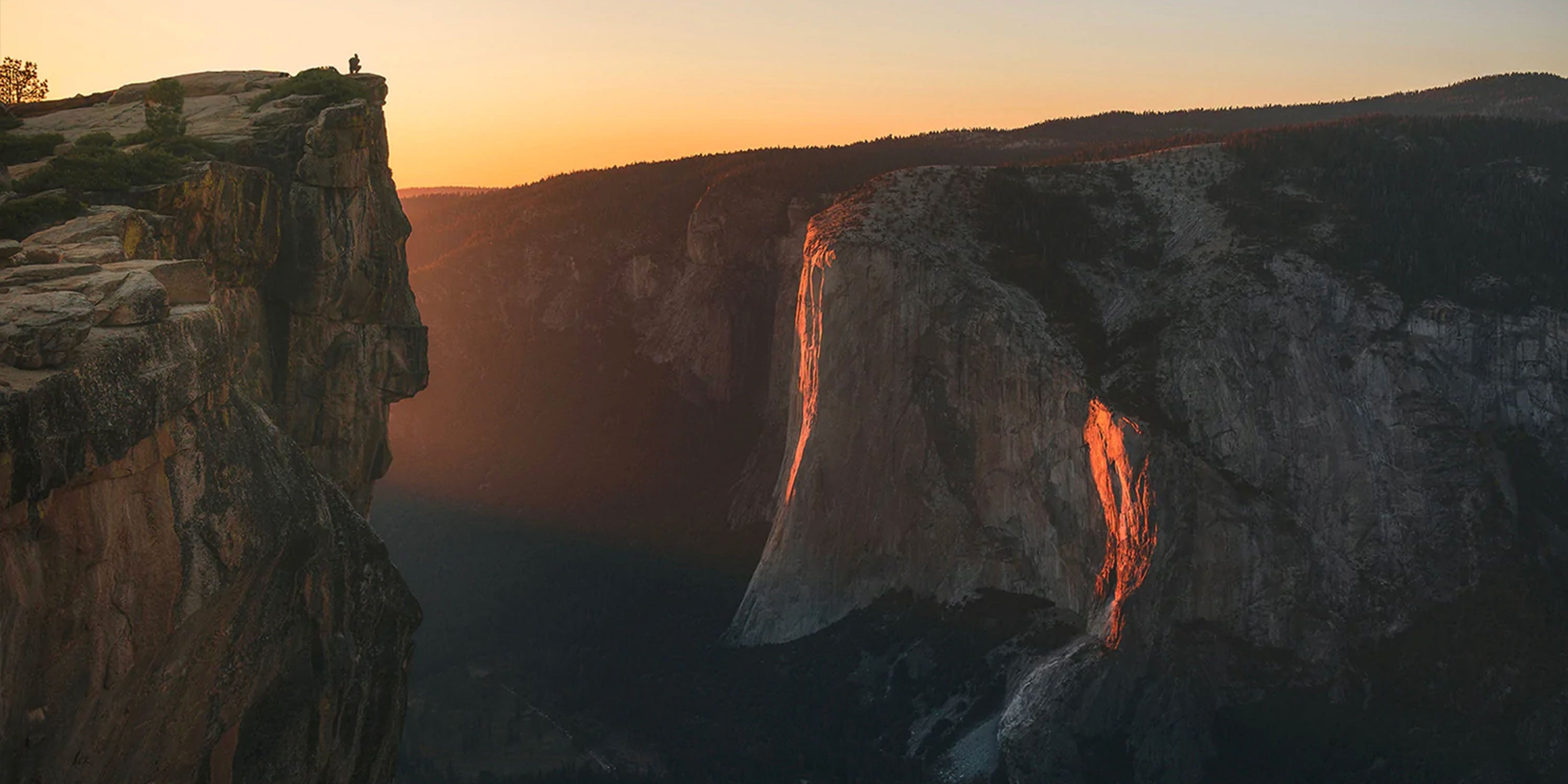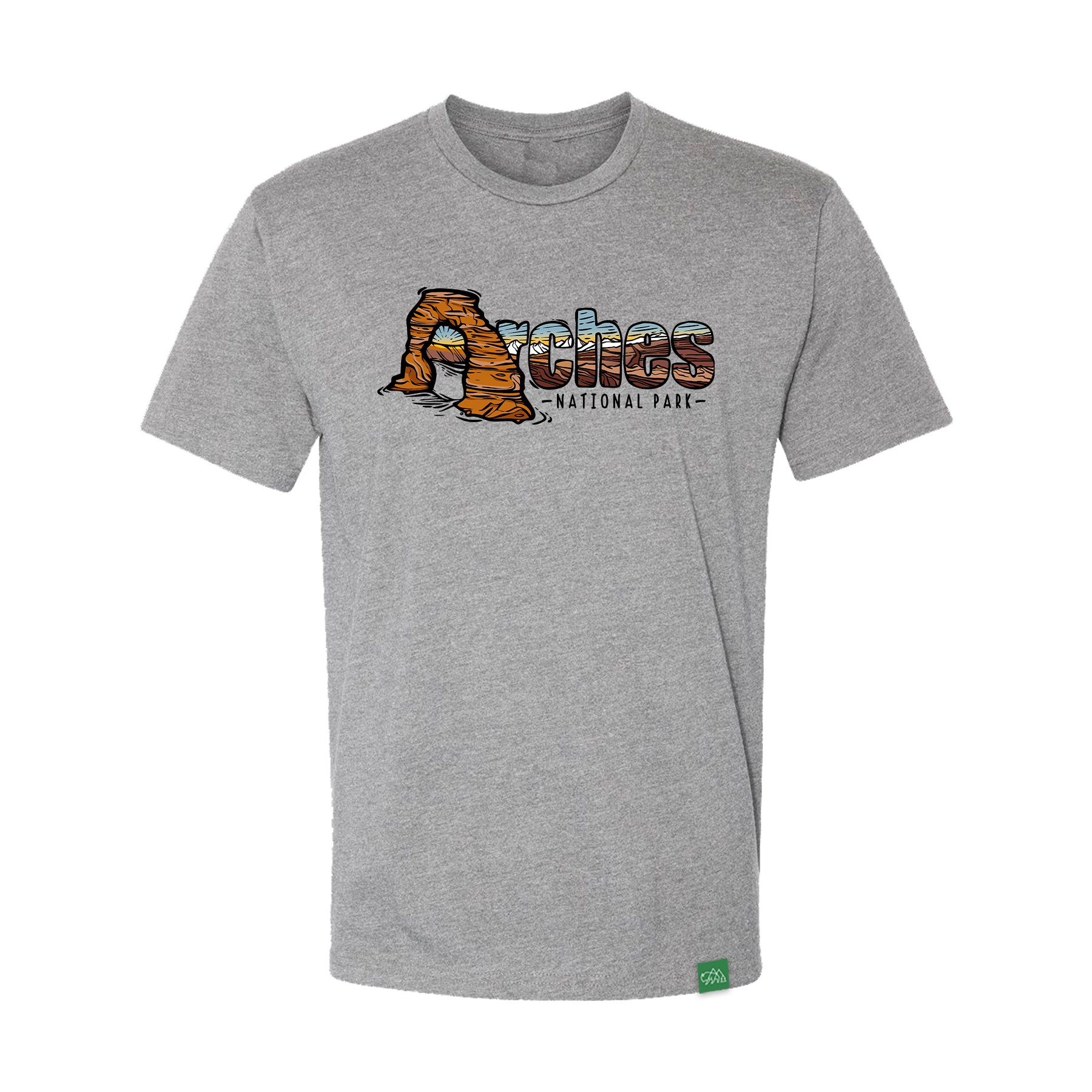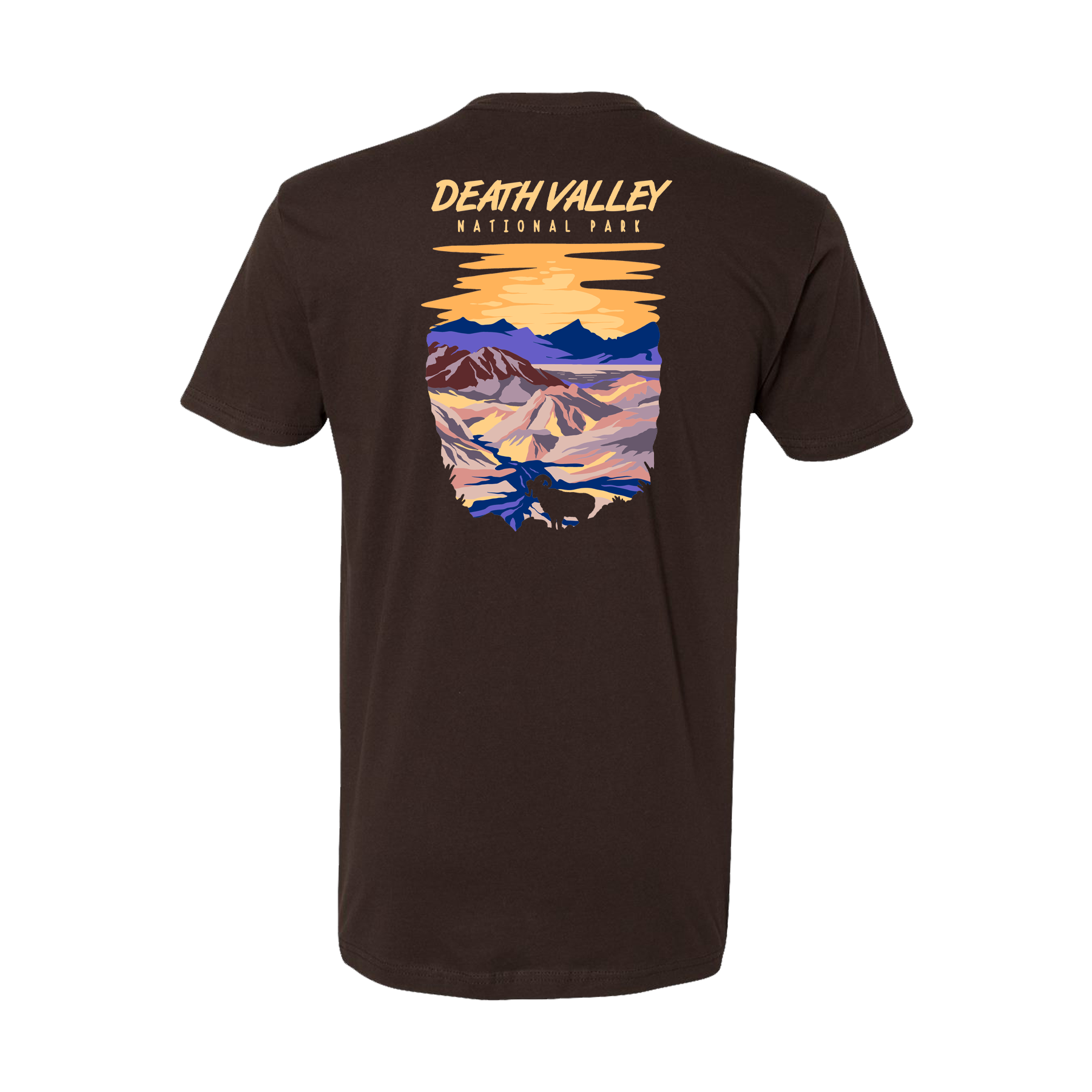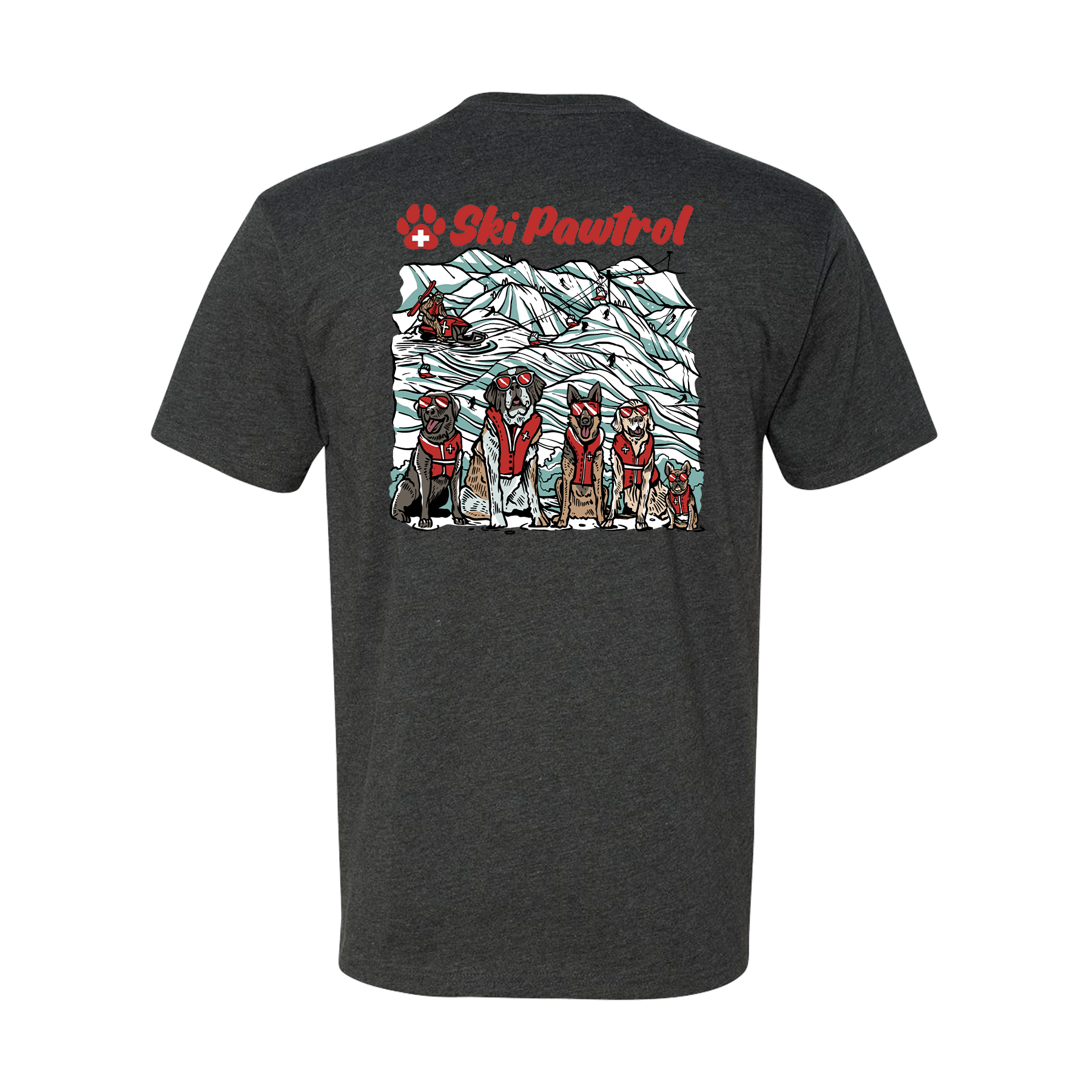Our 4% donations contributed toward research driven by Canyonlands Natural History Association's (CHNA) Discovery Pool. While wildlife and fantastic landmarks or landscapes often comprise the highlights of our park memories, the supporting cast of such shouldn't be overlooked. The fauna that keeps our eco-systems in tact and healthy may not be as exciting to the naked eye, but plants and trees are mission critical to healthy parks and keeping the wild in wilderness.
Pinyon-juniper communities span a vast area across the western U.S. but have experienced multiple recent mortality events due to drought, aridification, and insect outbreaks. These communities are pervasive across the Southeastern Utah Group (SEUG) of national parks and play a critical role in provisioning natural and cultural resources, but are at risk from future climate change, wildfire intensification, and other stressors. Natural resource managers require a better understanding of when and where pinyon-juniper communities are vulnerable and where management actions may mitigate loss of resources associated with these important communities.
Funds will be used to facilitate a project to determine the amount and extent of dieback within SEUG parks that combines field measurements and high-resolution aerial imagery. This approach builds on a proven methodology that USGS and NPS have co-developed for a limited area within Arches National Park. Funding from CNHA to conduct more extensive field surveys of mortality using an existing protocol that can be used to validate detections over environmental gradients across SEUG parks with aerial imagery. The project team will then connect assessments of dieback to geomorphic, soil, topographic, and climatic conditions and evaluate how predictions of pinyon-juniper communities respond to drought using a water balance tool developed by the Northern Colorado Plateau I&M Network. The information developed by this project will create much needed maps of pinyon-juniper mortality in SEUG parks and a framework for determining where future mortality may occur for short-term decision-making and long-term planning


